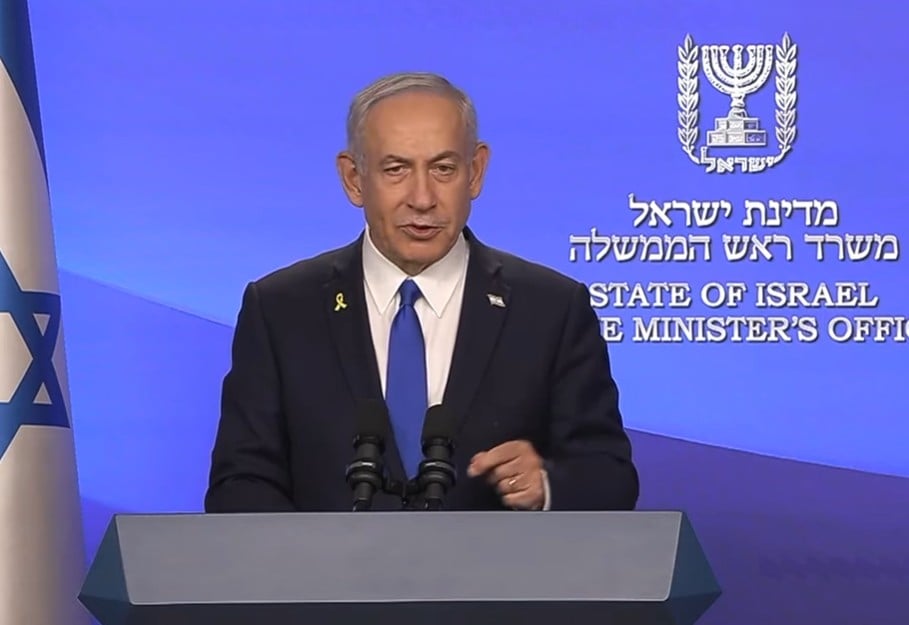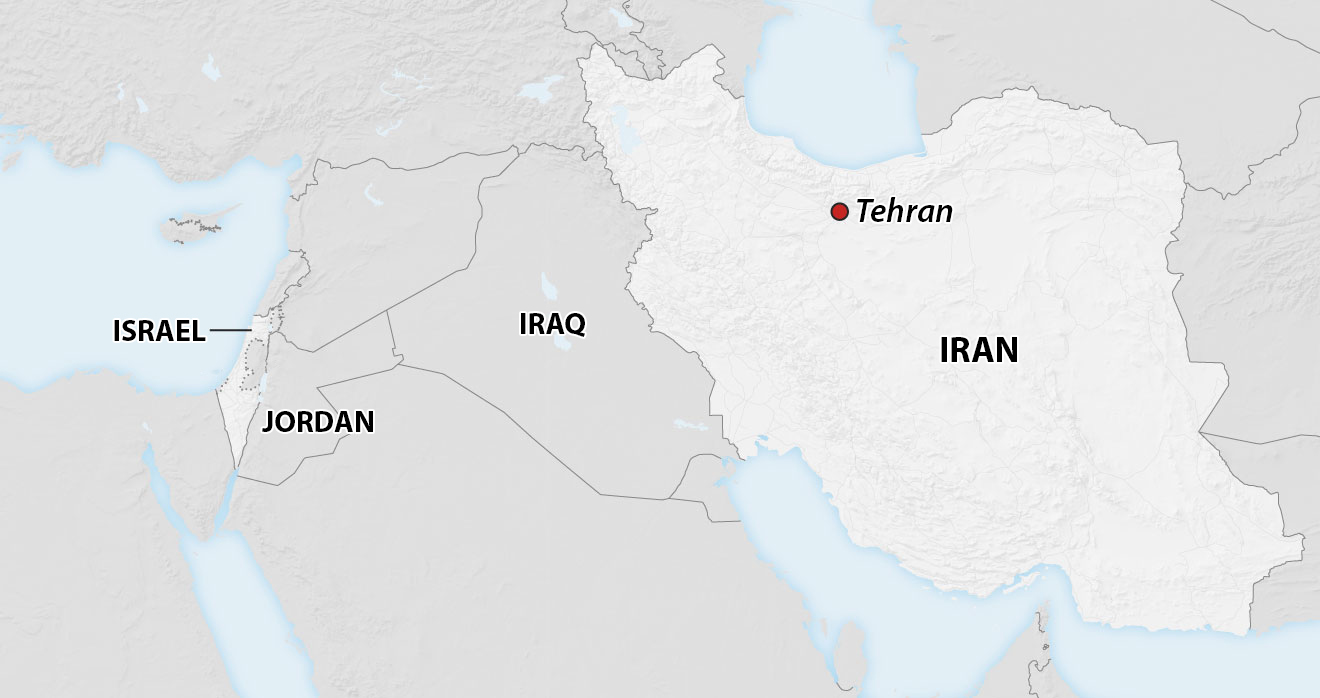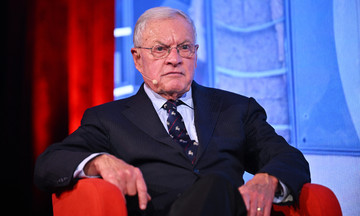"Israel has eliminated two existential threats: the threat of annihilation by nuclear weapons and the threat of annihilation by 20,000 missiles that Iran is building," Israeli Prime Minister Benjamin Netanyahu commented on 24/6, in a 10-minute speech about the 12-day war with Iran.
Netanyahu declared that Operation Roaring Lion had brought "historic victories" that would be remembered for generations, emphasizing that if he had not acted, the country would now be facing destruction.
"We have thrown Iran's nuclear program into a deep hole. If anyone in Iran tries to restore this program, we will act with the same determination and strength as in recent days and eliminate any such efforts," Netanyahu said.
 |
Israeli Prime Minister Benjamin Netanyahu in his victory speech on 24/6. Photo: Office of the Prime Minister of Israel |
Israeli Prime Minister Benjamin Netanyahu in his victory speech on 24/6. Photo: Office of the Prime Minister of Israel
The Israeli leader also explained the large-scale attack just before the ceasefire took effect at noon on 24/6 Hanoi time, saying that this air strike had "completely destroyed" Iran's ballistic missile production program.
Netanyahu praised US President Donald Trump for acting "with an unprecedented level of support" to protect Israel and coordinate the elimination of Iran's nuclear capabilities. He pledged that Israel would now open an "axis of prosperity and peace for countries in the region and beyond."
Israel Defense Forces (IDF) Chief of Staff Eyal Zamir stated that "the fight with Iran is not over" and will enter a new phase, building on the achievements of the past 12 days of fighting.
He stressed that although the operation had achieved outstanding results, Israel needed to remain cautious, maintain focus on addressing the many challenges ahead, and not rest on its laurels.
"Now, Israel will shift its focus back to the Gaza Strip, rescuing hostages and overthrowing the Hamas force in power there," Zamir added.
 |
Location of Iran and Israel. Graphic: CNN |
Location of Iran and Israel. Graphic: CNN
The Israeli-Iranian conflict erupted on 13/6, when Israel launched preemptive airstrikes targeting numerous military leaders, nuclear scientists, uranium enrichment facilities, and Iran's ballistic missile program. Tel Aviv asserted that this was a necessary action to prevent Tehran's plan to wipe out Israel, which it had repeatedly declared publicly.
The two sides exchanged attacks continuously. Iran launched more than 550 ballistic missiles and about 1,000 unmanned aerial vehicles into Israeli territory, while the IDF conducted large-scale air strikes across Iran, including the capital Tehran.
After 12 days, the fighting left more than 606 people dead and more than 5,300 injured in Iran; 28 dead and more than 2,500 injured in Israel.
On the morning of 22/6, the US launched airstrikes on three key nuclear facilities in Iran. Iran retaliated the following night with a missile attack on a major US airbase in Qatar, but caused no casualties. A few hours later, President Trump announced that the parties had reached a ceasefire agreement, effective from 24/6.
Thanh Danh (Times of Israel, AFP)












